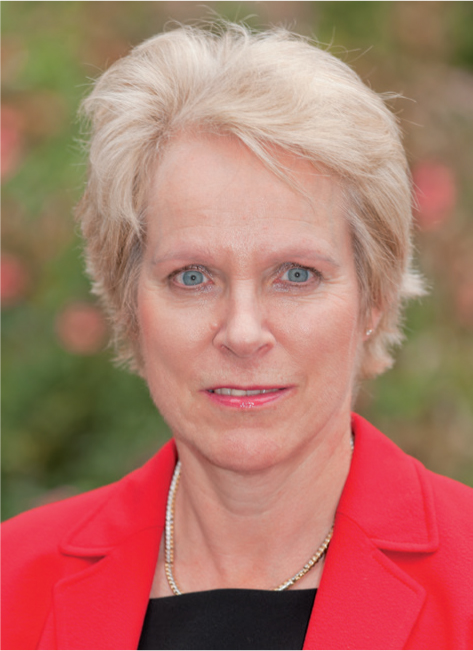
Before Christmas, the UK witnessed unseasonal rainfall, which caused flooding and misery in some parts, with some people losing their homes to flood damage and facing uncertainty surrounding when they may return home. Now, we are experiencing cold weather, which not only increases the risk of serious illness and, perhaps death, but also anxiety about meeting the cost of adequate heating (at least 18°C) for low-income households. Recognising the increased health risks of living in a cold home, the National Institute for Health and Care Excellence (NICE) (2016) published six quality standards. Importantly, NICE recommended that those who may be vulnerable to health problems associated with living in a cold home must be identified; these individuals should be asked at least once annually whether they find remaining warm at home difficult; and tailored support should be offered from a local point of contact at the time of need.
The NICE quality standards (2016) reiterate the NICE guidelines (2015), which aim to prevent winter deaths and improve the health and wellbeing of those vulnerable to increased health risks in winter. For the 2017–2018 winter period, daily deaths were at their highest towards the beginning of January and, as in previous years, women and older people were most affected (Office for National Statistics (ONS), 2018). The greater number of deaths among women can be partly explained by the higher proportion of women in the population aged 85 years and older. NICE (2015) recommended that practitioners should assess whether their clients are having, or are likely to have, difficulties in keeping their homes adequately warm; these assessments should be recorded so that the information is available to the whole healthcare team. Further, practitioners should increase awareness among their clients about the deleterious effects of living in a cold home and provide information about the support available.
‘Older people, and their carers and families, should understand the markers of malnutrition and be educated about the importance of good nutrition for health and wellbeing.’
Without down playing the importance of an adequately heated home, older people and those vulnerable to increased health risks should also be encouraged to have vaccines against influenza (NICE, 2018) and pneumonia when offered. Remarkably, although UK influenza vaccination uptake among those 65 years and older was high at 72% in 2018/19, it was below the World Health Organization target of 75% (Nuffield Trust, 2019). Vaccination uptake and good hand hygiene will help minimise infection risk. Importantly, practitioners should challenge the myths that becoming thinner is part of the ageing process and sleeping in a cold room is a good thing, and they should be alert to those who are malnourished and not eating well, which will increase vulnerability. Elia (2015) estimated that the prevalence of malnutrition among older adults receiving day care and domiciliary care is at 18%, rising to 36% among care-home residents. Older people, and their carers and families, should understand the markers of malnutrition and be educated about the importance of good nutrition for health and wellbeing.
While the growing older population is a cause for celebration as it indicates the success of improved healthcare, it also means that there are more people especially vulnerable to inadequately heated environments and whose vulnerability is increased by underlying ill health and immobility. Community nurses are particularly well placed to make a difference through their home visits of the housebound with nursing needs.

